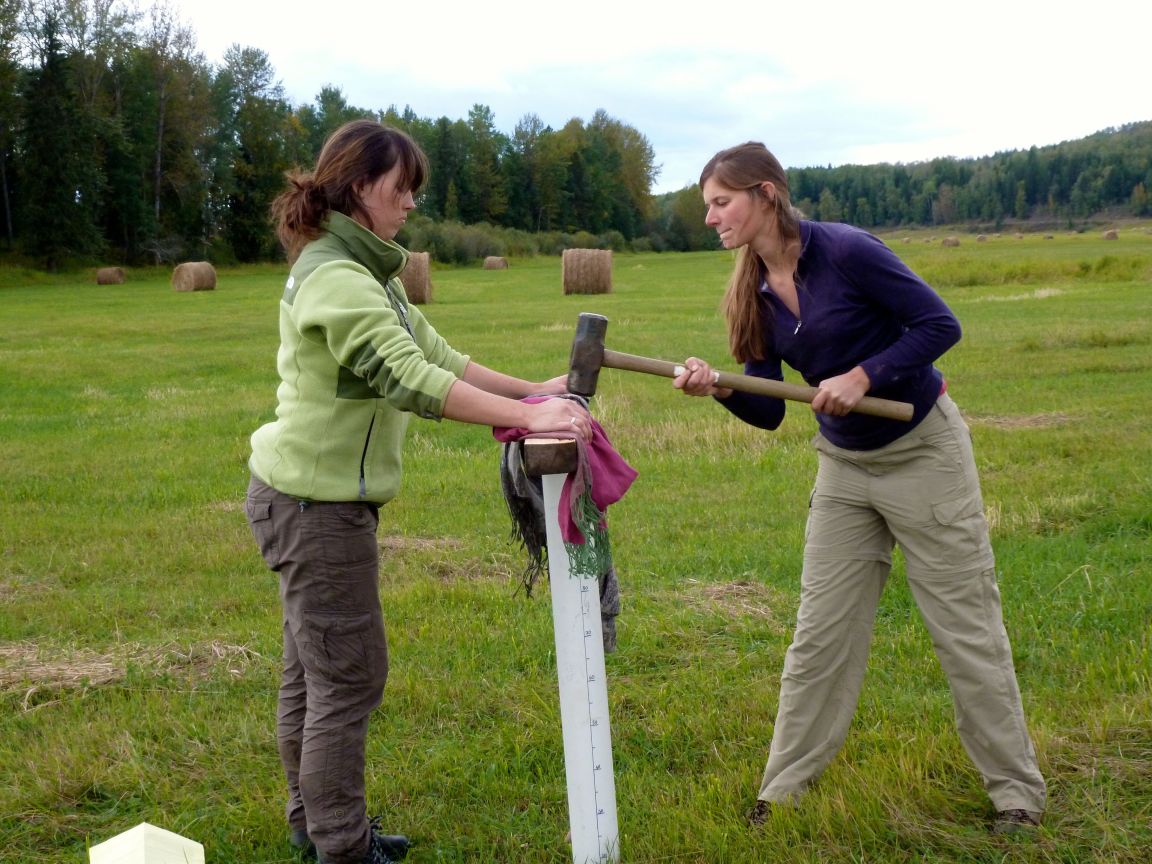
Current Projects
Dr. Stephen Déry
Environmental Science and Engineering Program
Phone- 250-960-5193
Website- nhg.unbc.ca/
Email: sdery@unbc.ca
Although our understanding of snow and ice processes has improved in recent years, there remains some fundamental issues that need to be addressed. This is an especially urgent matter as the northern high latitudes are currently experiencing an unprecedented period of climate change. Thus there is a great need to quantify the role of snowcover in the existing and in the future states of the surface energy and water budgets and to better comprehend hydrometeorological processes in the North. My research is therefore geared towards a better understanding of northern hydrometeorological processes and their impacts on the surface energy and water budgets. To accomplish this goal, a variety of methods and tools are used, including field observations, reanalysis datasets, remote sensing data, and numerical modeling. I am concerned by both small-scale (from meters to a few kilometers) and large-scale (> kilometers) hydrometeorological processes.
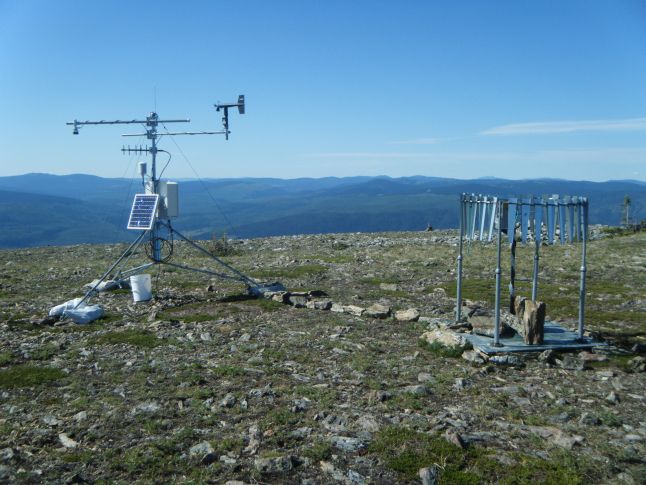
Alex Koiter
Ph.D. Candidate
Supervisors: Phil Owens and Ellen Petticrew
Email: akoiter@gmail.com
Increases in erosion rates and sediment loads within watersheds can cause serious environmental problems. Currently, the goal of research is to understand the source, fate, and transport of sediment mobilized within a watershed. This information is critical to developing and targeting management strategies that will reduce erosion rates and sediment loads. Sediment tracing is an emerging technique being used to help address these issues. This technique is based on the assumption that one or more of the properties of the sediment will reflect the source form where it originated from and can be used as a tracer to trace the sediment back to its sources. However, the processes that link the sediment sources to the point of collection are not well understood or quantified and currently there is an underlying assumption of a direct link between hill slope and downstream sediment in terms of property conservativeness. The main objectives of this research are to test the assumptions of tracer conservativeness by investigating how the physical and geochemical properties of sediments change as it moves though each of the three key areas of the landscape; the hill slopes, riparian zones and river channels. These objectives will be addressed with both field and experimental studies using the facilities at UNBC's Quesnel River Research Centre and field sites within the Quesnel River watershed.
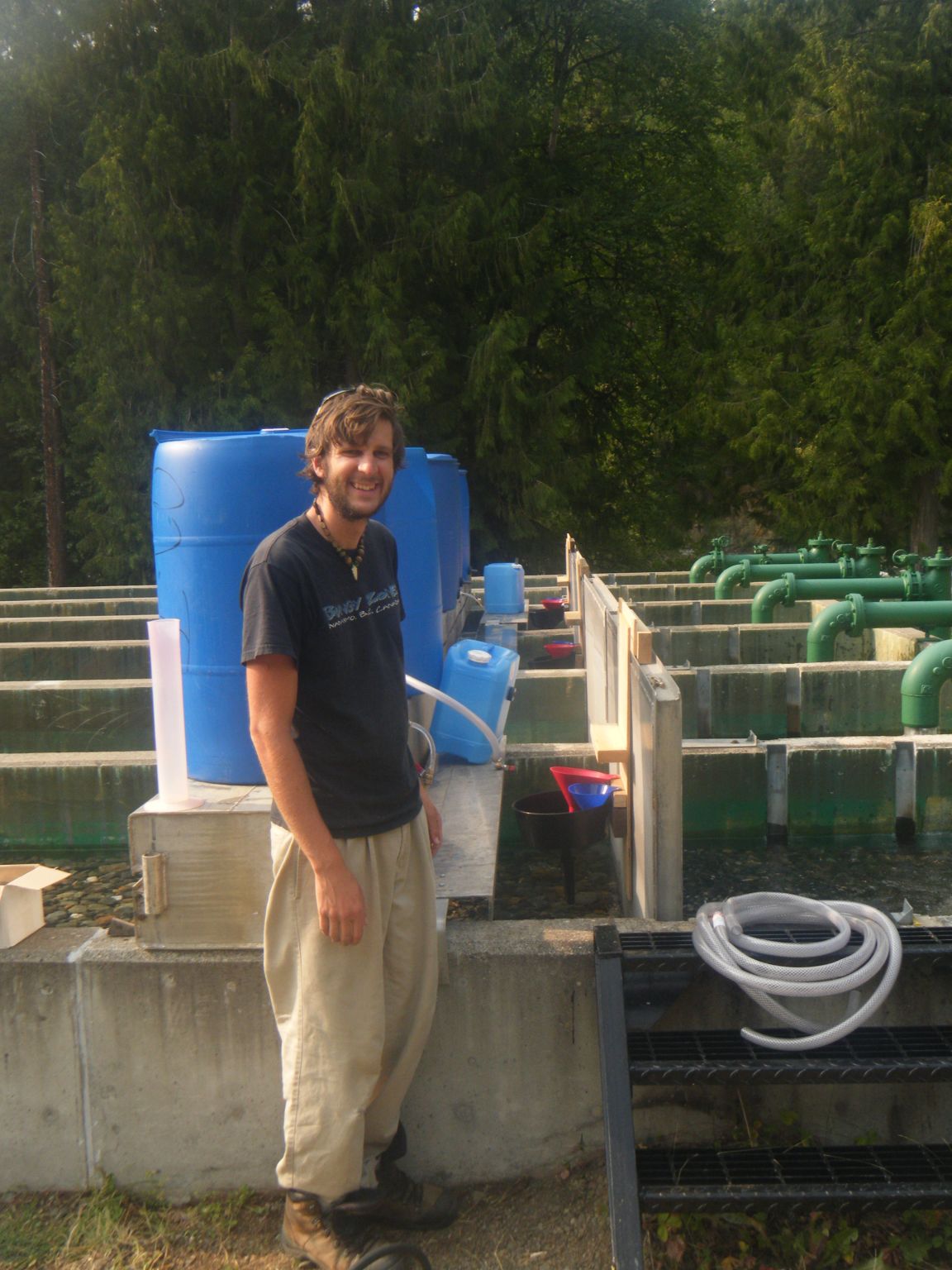
Titi Kunkel
Ph.D. Candidate
Supervisors: Bob Ellis & Ellen Petticrew
Email: kunkel@unbc.ca
The Cariboo Chilcotin region of British Columbia is endowed with natural resources. The exploitation of these supports the economic growth of the province and creates wealth for British Columbians. However, the Aboriginal communities in this region continue to live in the margins of Euro-Canadian social and economic systems. The communities believe that economic development is required to close the socio-economic gap. The development of natural resources, however; presents challenges both to the First Nations people and the industry proponents. Resource development limits the ability of the people to practise their traditional culture in pertinent places on their traditional lands. The Aboriginal values and epistemologies of the people are nested within landscapes, legends, and stories which are passed down from generation to generation. The development of resources which alters these landscapes has significant implications for the people. As a result, Aboriginal values and uses of the land often collide with the economic values and uses in the region.
Titi Kunkel's dissertation examines the Aboriginal values of First Nations communities in the Cariboo Chilcotin region, and how these values are mobilized to meet community resource development needs. Using a hybrid approach, grounded theory and Indigenous research methodology, this dissertation captures the struggles and resistance of Tsilhqot’in communities, as they defend their land against an incumbent mining company; and the comprehensive community planning process used by the Nazko First Nation. Major themes addressed in this study are: (1) geothermal energy as a potential primary resource; (2) Aboriginal values expressed during a Federal Panel Assessment of a proposed mine development in the Cariboo Chilcotin region; and (3) the contemporary culture of the Tsilhqot’in people. Outcomes of this study highlights why the ecological footprint of resource development within the Tsilhqot’in territory is important and provide new insights into how Aboriginal values are nested within the landscapes of their territories. Study result also identifies some Aboriginal Valued Social Components (VSCs) linked to traditional activities which are significant factors in resource development considerations.
Dominic Reiffarth
Ph.D. Candidate
Supervisors: Phil Owens and Ellen Petticrew
Email: Dominic.Reiffarth@unbc.ca
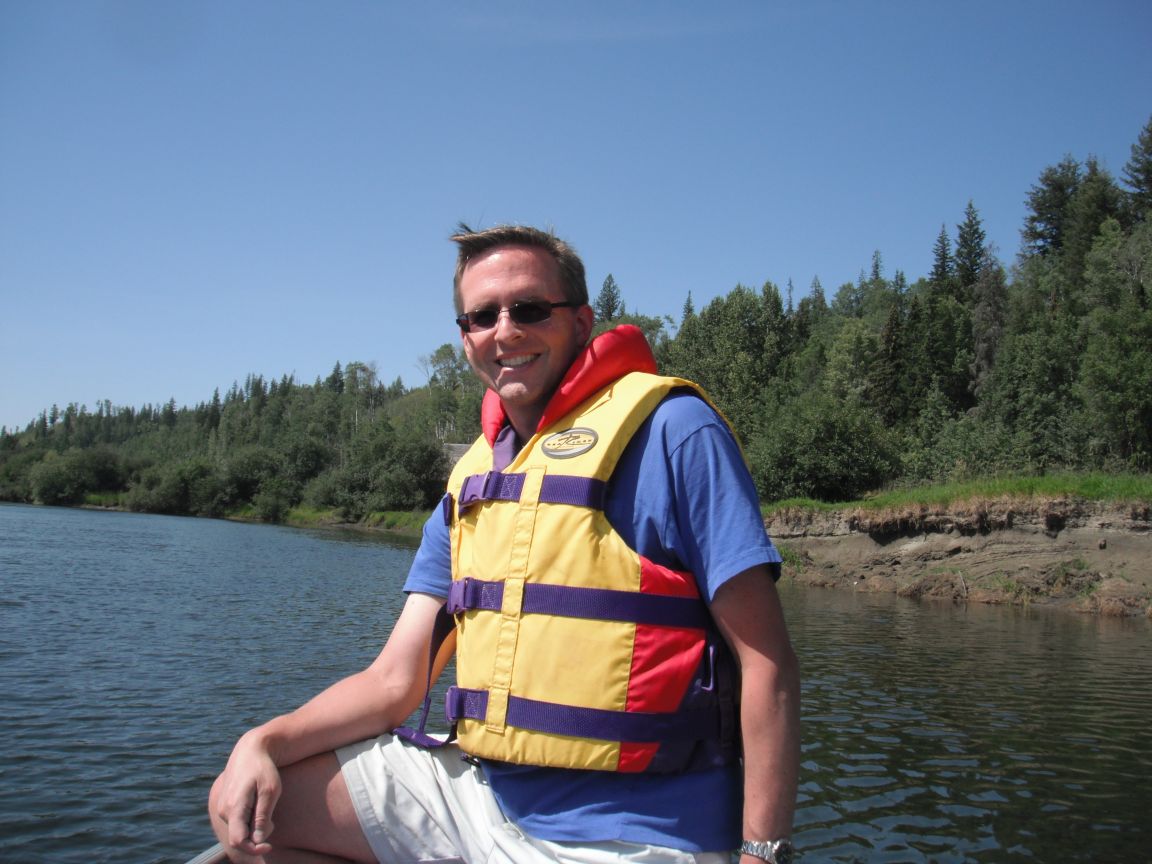
Sarah Lehnert
Ph.D Candidate
Supervisors: Drs. Dan Heath & Trevor Pitcher
University of Windsor: Great Lakes Institute of Environmental Research
Email: lehnert@uwindsor.ca
Chinook salmon are unique. Unlike other salmonids, some Chinook salmon populations can exhibit extreme variation in flesh colour, with white-fleshed races co-existing with red-fleshed populations, and variants existing across the spectrum. The difference between red- and white-fleshed Chinook salmon does not reflect diet preference but results from genetic polymorphisms. Carotenoids are responsible for the characteristic bright red flesh, skin and egg pigmentation of salmonids, and carotenoids are important for many biological functions. White-fleshed Chinook salmon lack the ability to metabolize and deposit carotenoids into the flesh, eggs and skin. Red and white-fleshed races co-exist in various river systems in British Columbia, such as the Quesnel River where the races exist in relatively equal proportions. Therefore, the Quesnel River presents an exceptional opportunity to study and understand the differences that exist between the races. This project focuses on examining the genetic differences and functional differences between white- and red-fleshed Chinook salmon.
This project addresses the genetic differences between white- and red-fleshed Chinook salmon, which will help to identify whether these races are genetically divergent or similar. Conserving genetic diversity is essential to the long term viability of salmon populations, thus understanding genetic differences between the races can lead to better management strategies in rivers where these races co-exist. Furthermore, in salmon hatcheries, the flesh colour of the salmon is often not considered when artificially breeding broodstock. However, understanding functional differences, including offspring survival and mate compatibility, between red- and white-fleshed races can provide insight and recommendations for hatchery practices, which could help improve and maximize salmon enhancement programs. Not only will this project address important scientific questions, but this project will also involve community outreach and volunteer components in order to raise awareness about local salmon research as well as salmon conservation.
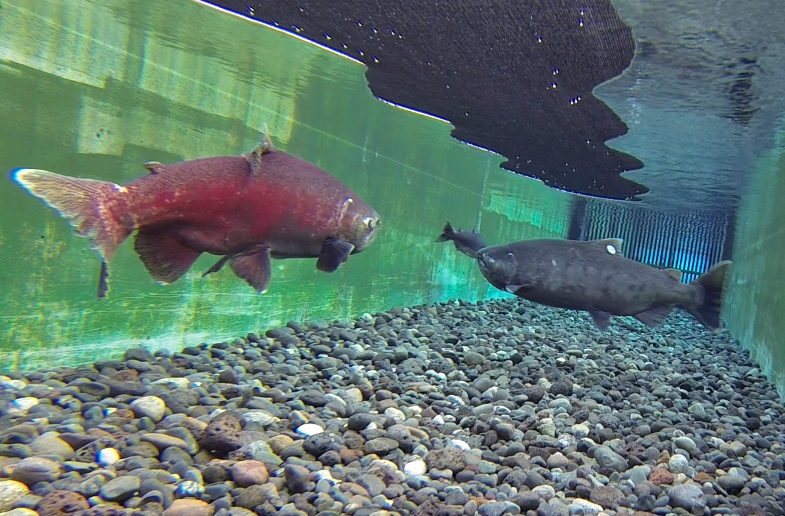
Leah Vanden Busch
MSc Candidate
Supervisors: Drs. Ellen Petticrew & John Rex
Email: vandenbl@unbc.ca
Every year, millions of sockeye salmon travel hundreds of kilometres from the Pacific Ocean to their natal spawning grounds in the Quesnel watershed. The nutrient-poor freshwater systems in which they spawn receive an influx of marine-derived nutrients (MDN) upon the arrival of the salmon. These additional nutrients provide an important source of energy to enhance fish and aquatic productivity, as well as riparian wildlife and plant species. My research will investigate the hyporheic zone as an effective location of nutrient exchange between the streambed and riparian vegetation. The objectives will be to quantify concentrations of MDN present in hyporheic water samples, subsurface macroinvertebrates, and riparian vegetation throughout the 2011 spawning season and succeeding winter. In light of this research, we can gain a more comprehensive understanding of hyporheic nutrient exchanges that will facilitate better restoration and stream management decisions for the health of the ecosystem for future salmon stocks.